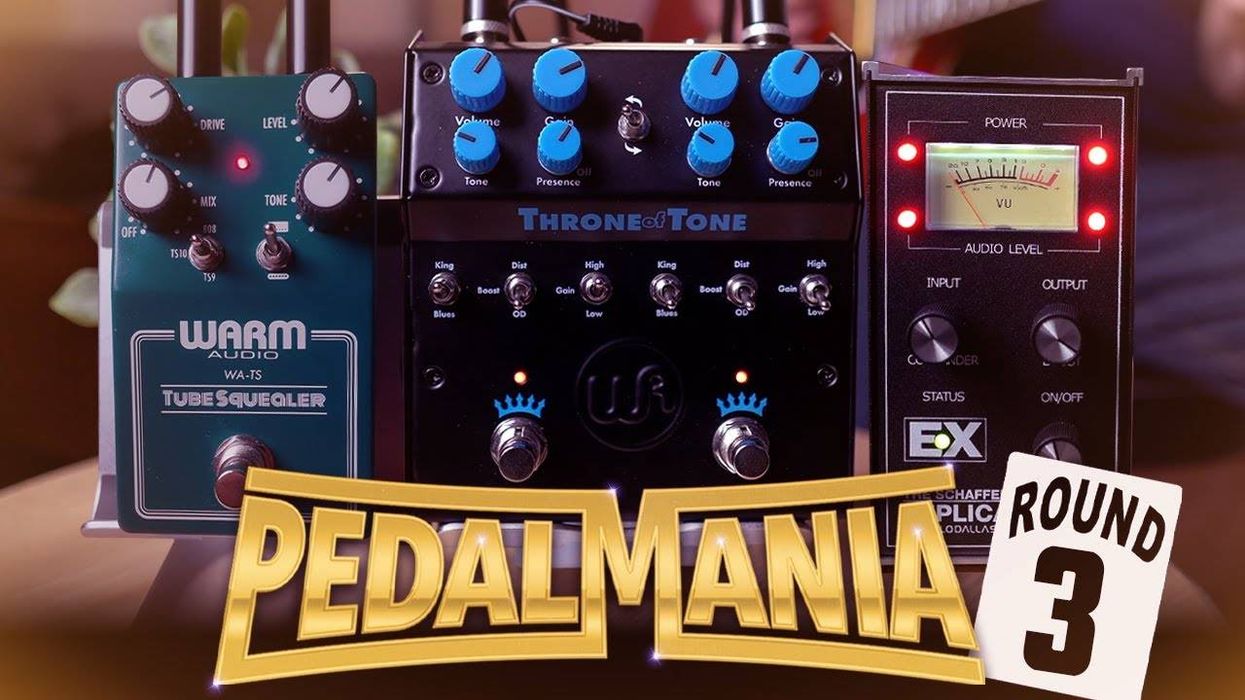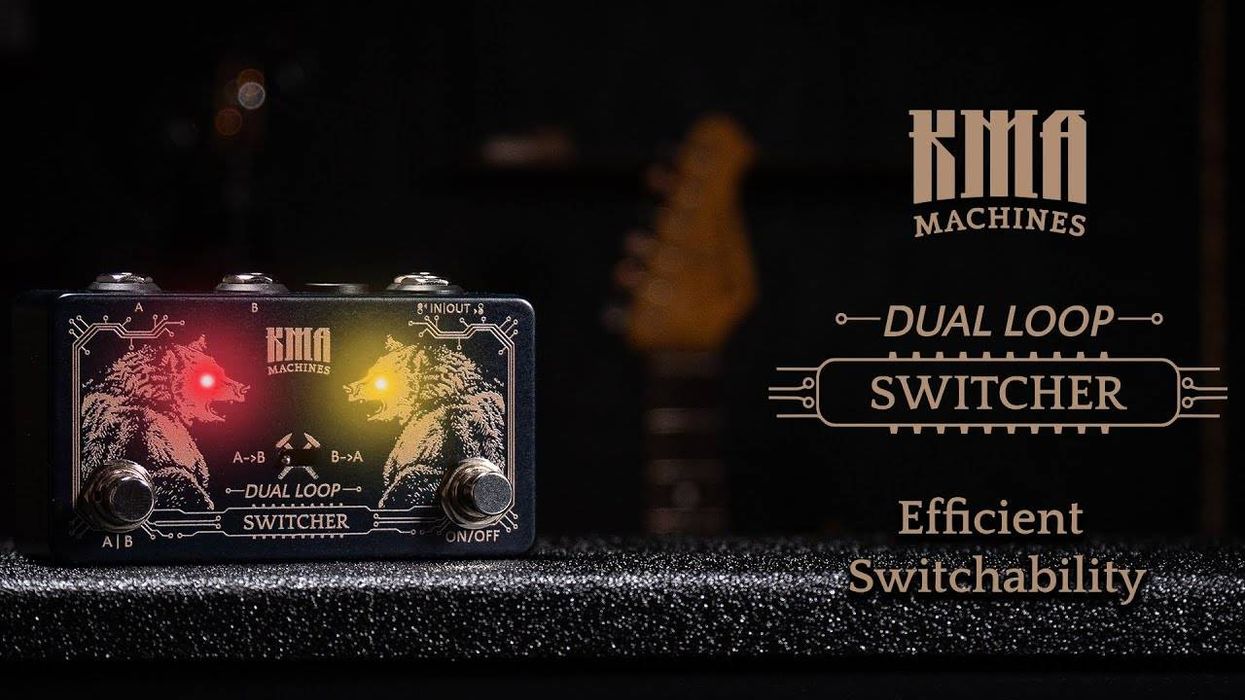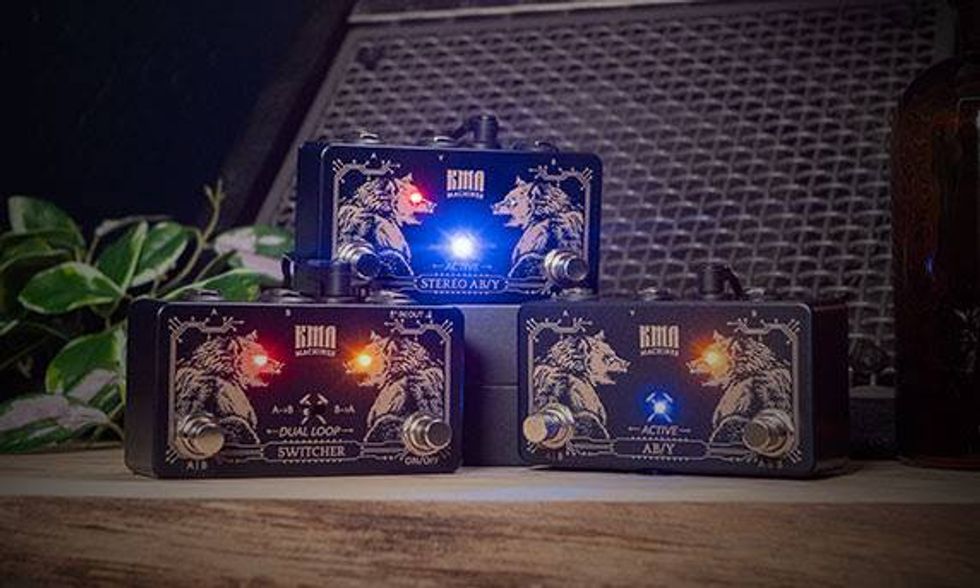A collaboration honoring Grammy-award winner and guitar virtuoso Christone "Kingfish" Ingram featuring his signature humbucking pickups.
"The Kingfish Telecaster Deluxe guitar gives me a sense of comfort when I’m playing across genres; everything from blues to smooth rock, it’s all about versatility. For me, it is important for people to play other genres,” said Christone “Kingfish” Ingram. “One of my favorite features on the Tele are my signature pickups because they’re a solid option for players in all genres. Being a blues player is a beautiful thing, but it’s about more than that. I’ve always been into heavy tones from my influences like Gary Moore and various blues players like Freddy King. I hope this Tele inspires players of all genres to dig in and rock out.”
The Kingfish Telecaster Deluxe guitar has been designed to the artist’s specifications with an emphasis on power and personal flourish. The heart of the instrument is the Kingfish Signature Humbucking Pickups, custom wound for velvety lows, punchy mids and a snarling high end. The custom pickups will also be sold separately, making it that much easier for players everywhere to achieve Christone’s signature tone. Finished in mesmerizing Mississippi Night, the guitar looks as stunning as it sounds and the custom color is more than meets the eye. This mystifying shade of purple harkens back to the deep night skies Kingfish would often marvel at while growing up in Clarksdale, Mississippi. The Kingfish Telecaster Deluxe features an alder body. The “V”-shaped roasted maple neck gives the instrument a distinctly vintage feel and the comfortable 12” radius rosewood fretboard allows for huge bends and scorching riffs up and down the neck. A custom “K & Crown” logo on the pickup covers and Kingfish’s signature autograph on the headstock rounds out the instrument’s personalized touch.
Christone "Kingfish" Ingram | Fender Signature Sessions | Fender
Fender Kingfish Telecaster Deluxe

- The Kingfish Telecaster Deluxe features two custom humbucking pickups voiced for growling, overdriven blues-rock, delivering deep, shimmering and dynamic tones.
- The “V”-shaped roasted maple neck has a classic vintage feel and improved resonance thanks to our roasting treatment.
- An adjust-o-matic bridge allows each string to be adjusted for perfect intonation.
- The slab rosewood fingerboard offers warm vintage Fender tone, while the 12” radius is great for big bends and soloing up and down the neck.
- The mesmerizing Mississippi Night finish pays tribute to the birthplace of the blues.
- Other features include a custom etched “K” crown logo on the neck pickup cover, a custom neck plate and Kingfish’s signature on the headstock.
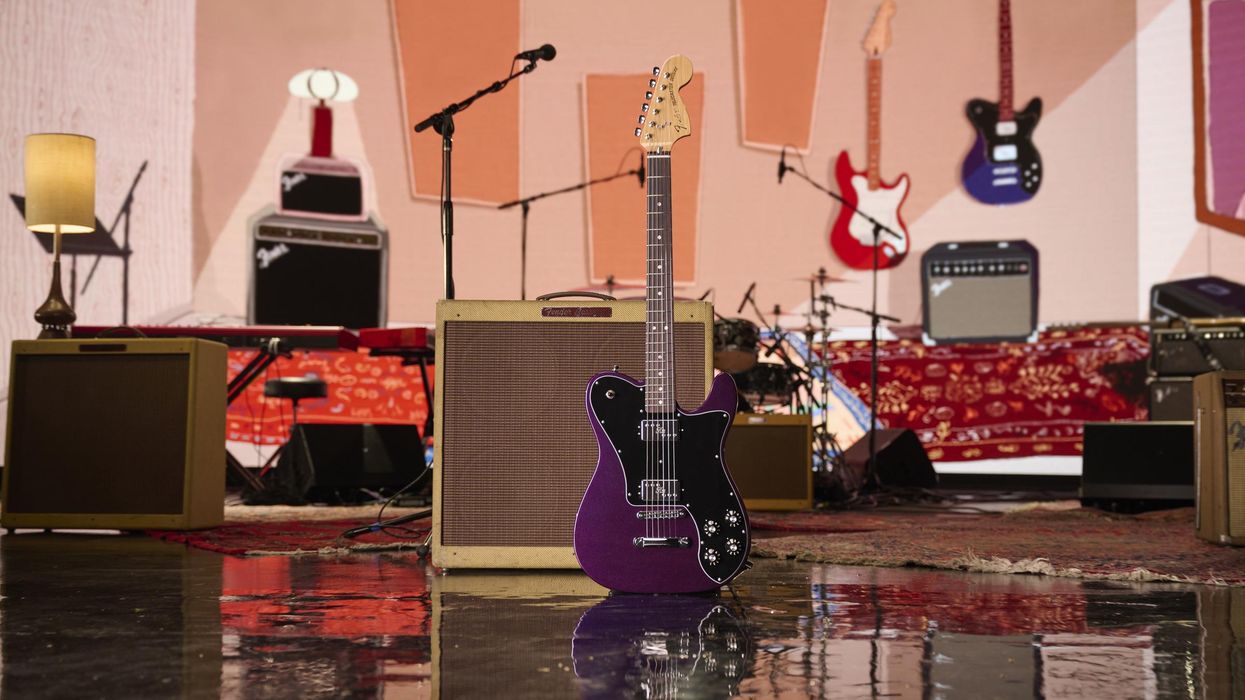
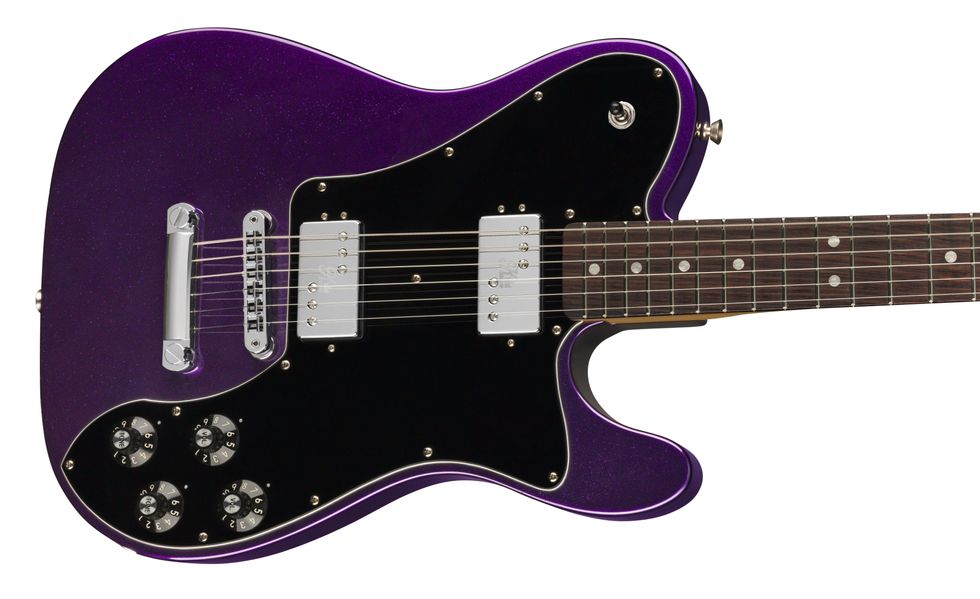
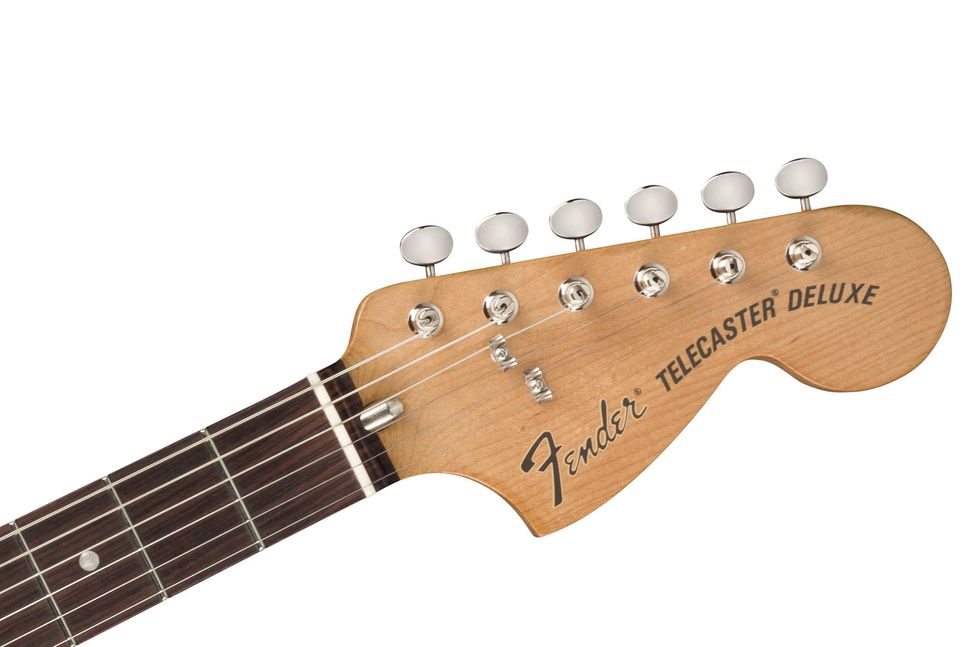
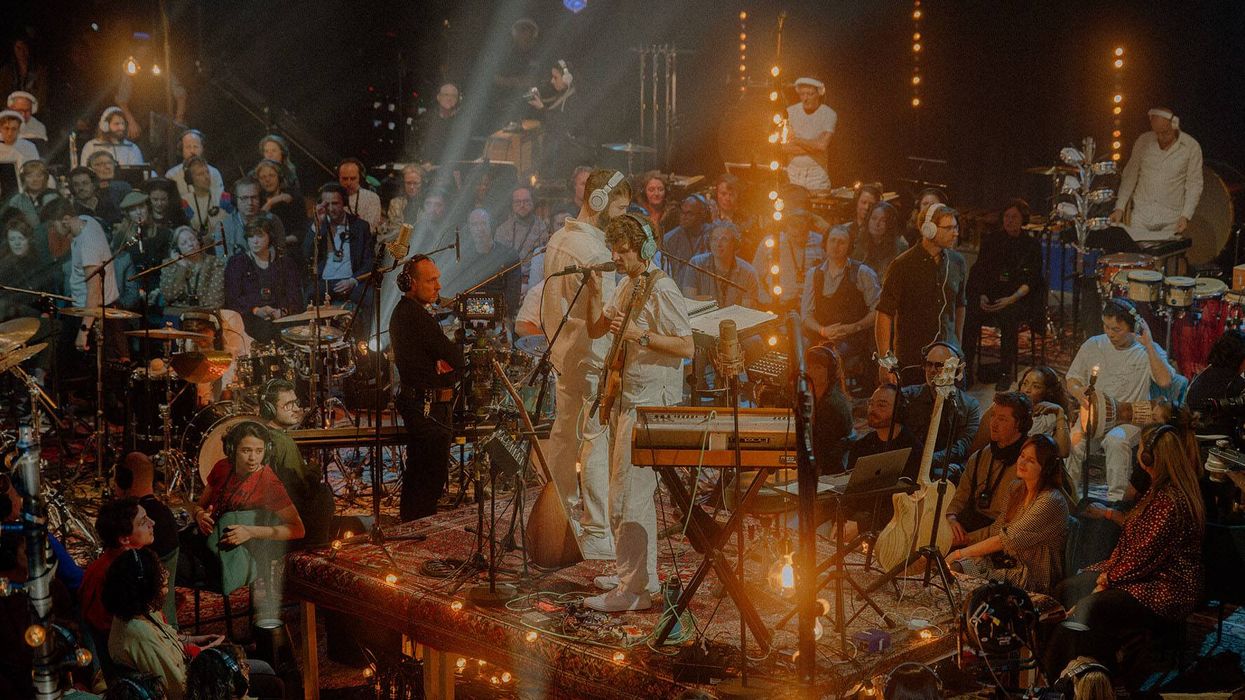
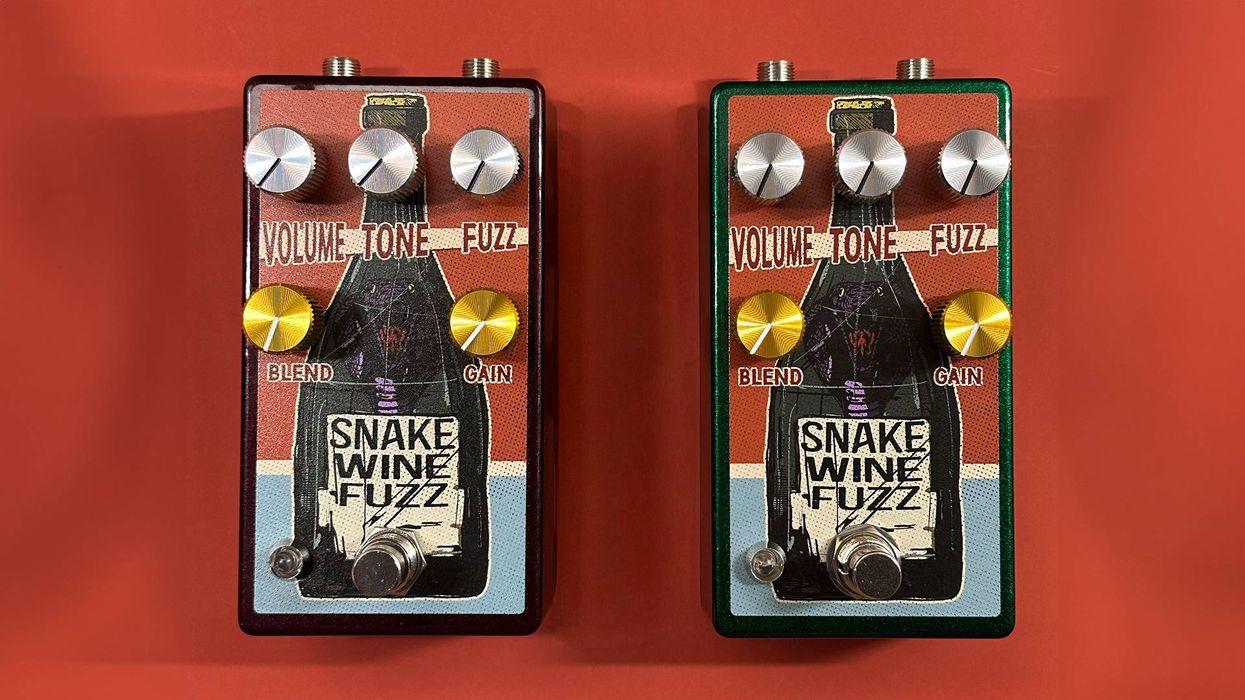
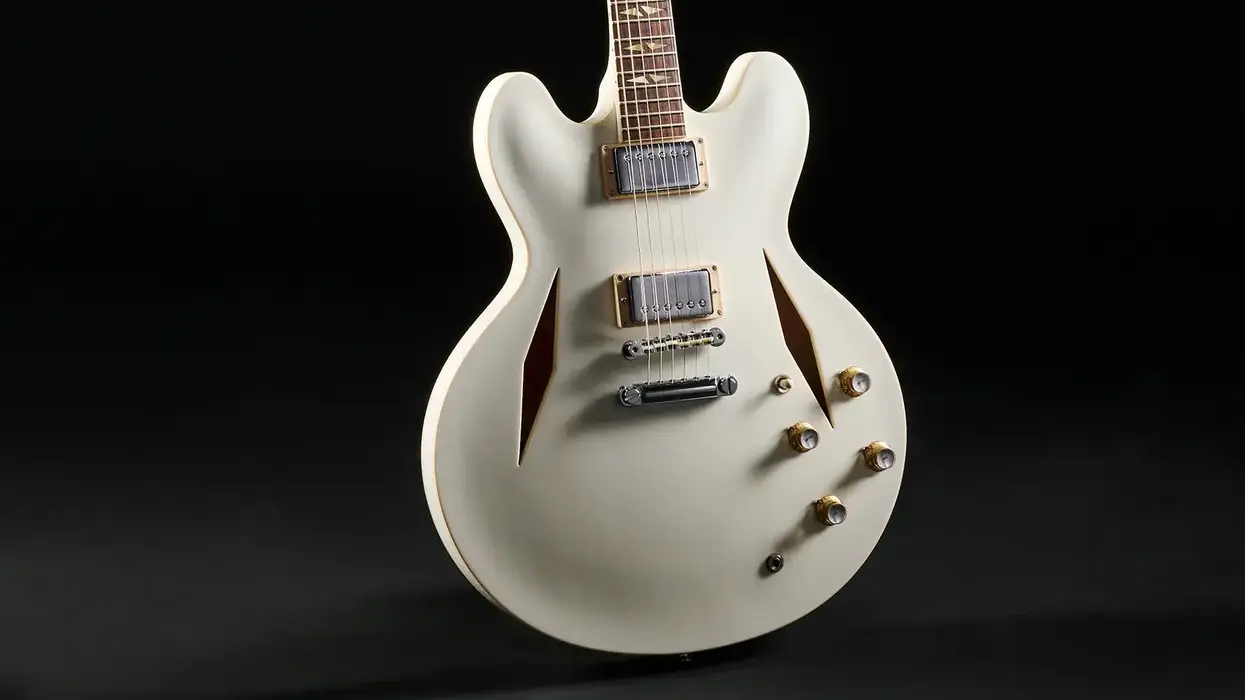

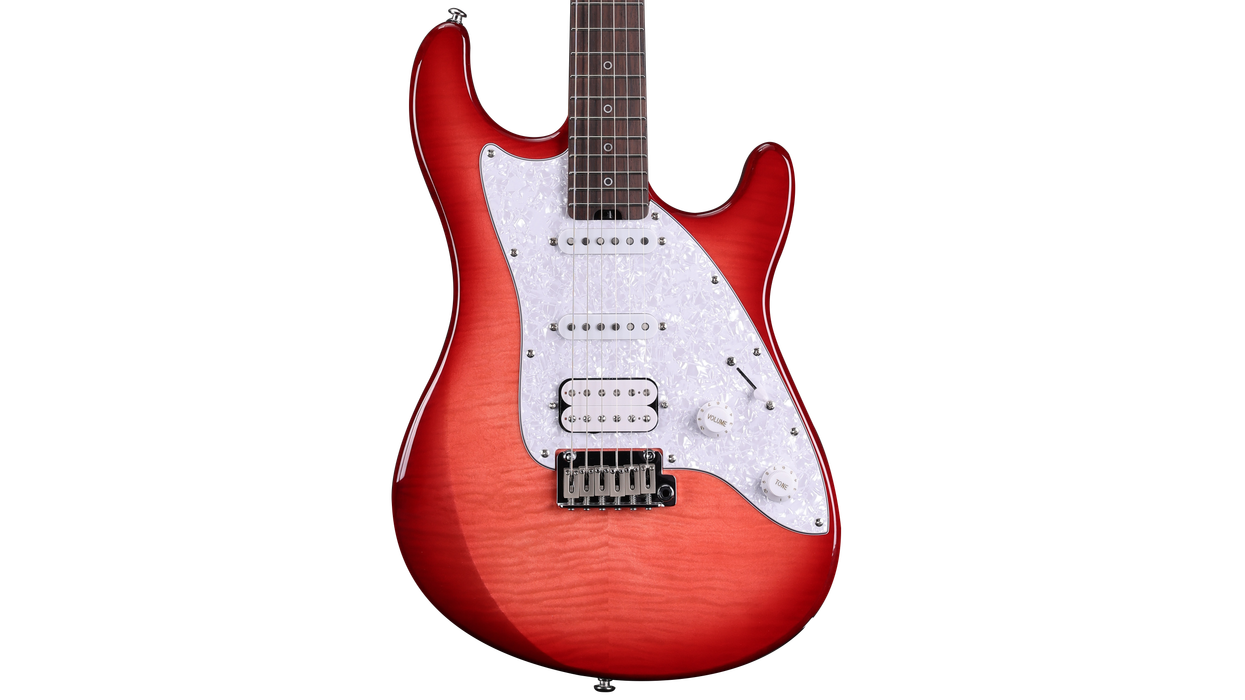
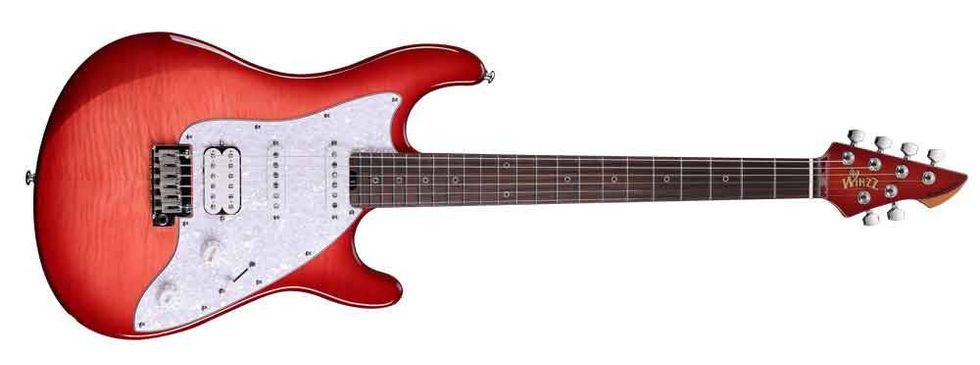
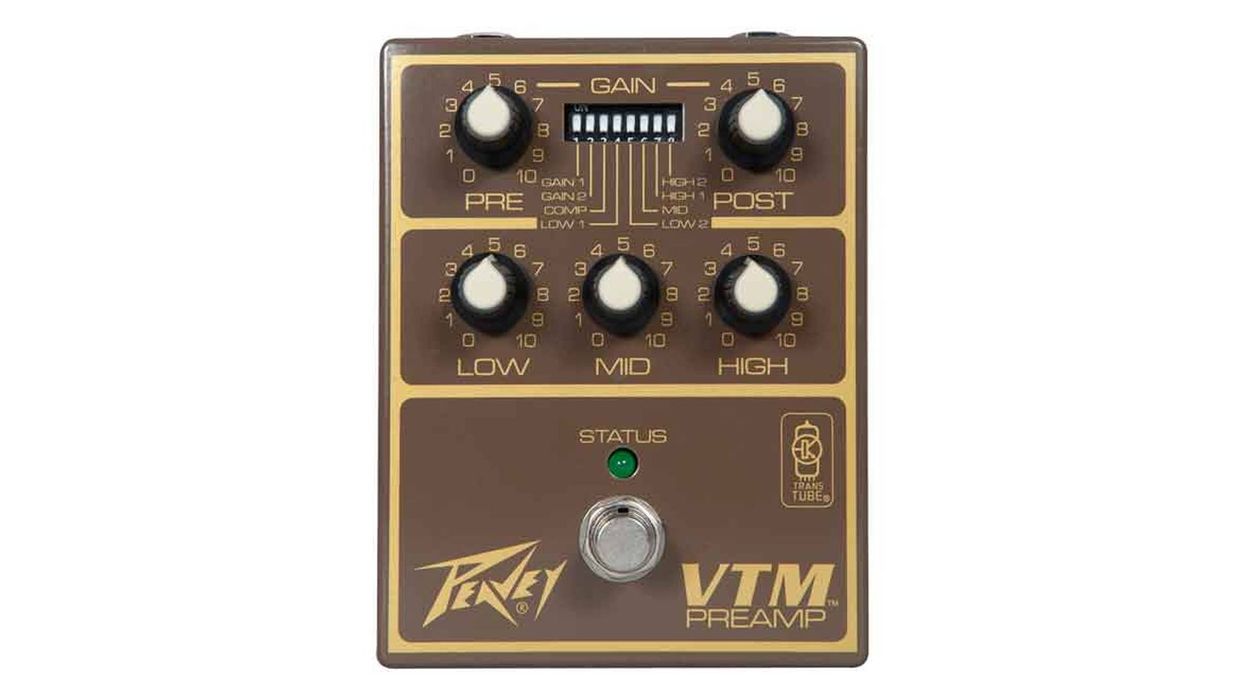

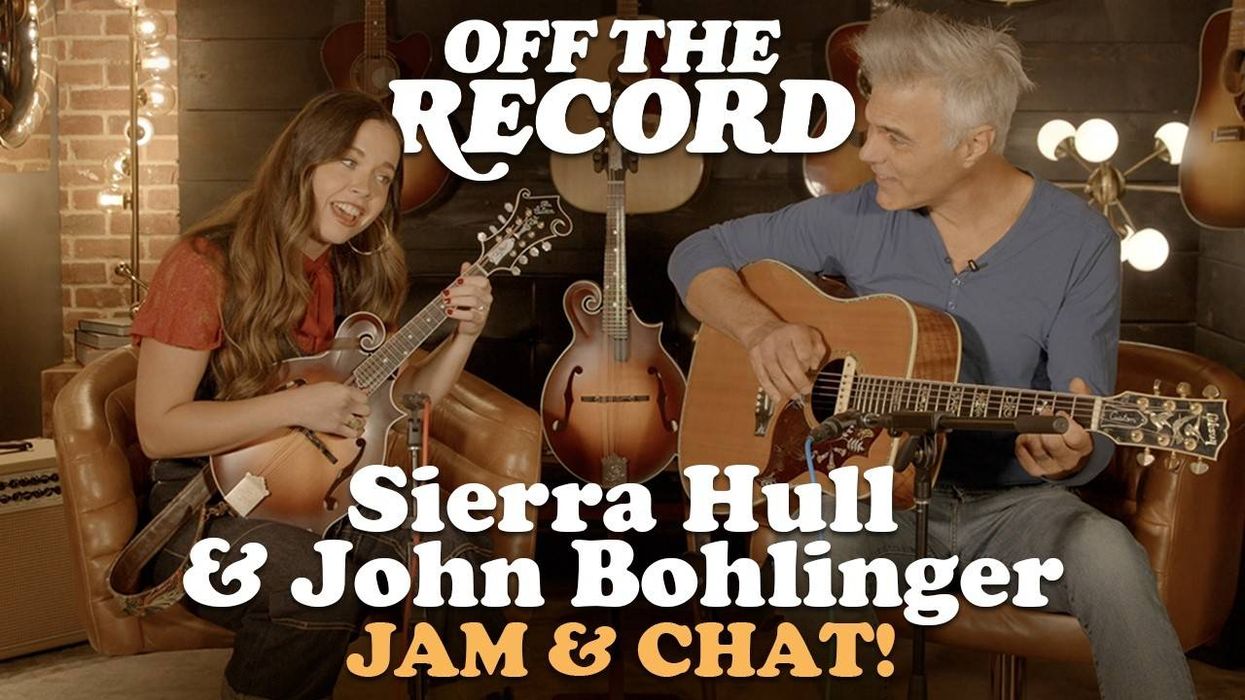
![Rig Rundown: AFI [2025]](https://www.premierguitar.com/media-library/youtube.jpg?id=62064741&width=1245&height=700&quality=70&coordinates=0%2C0%2C0%2C0)
